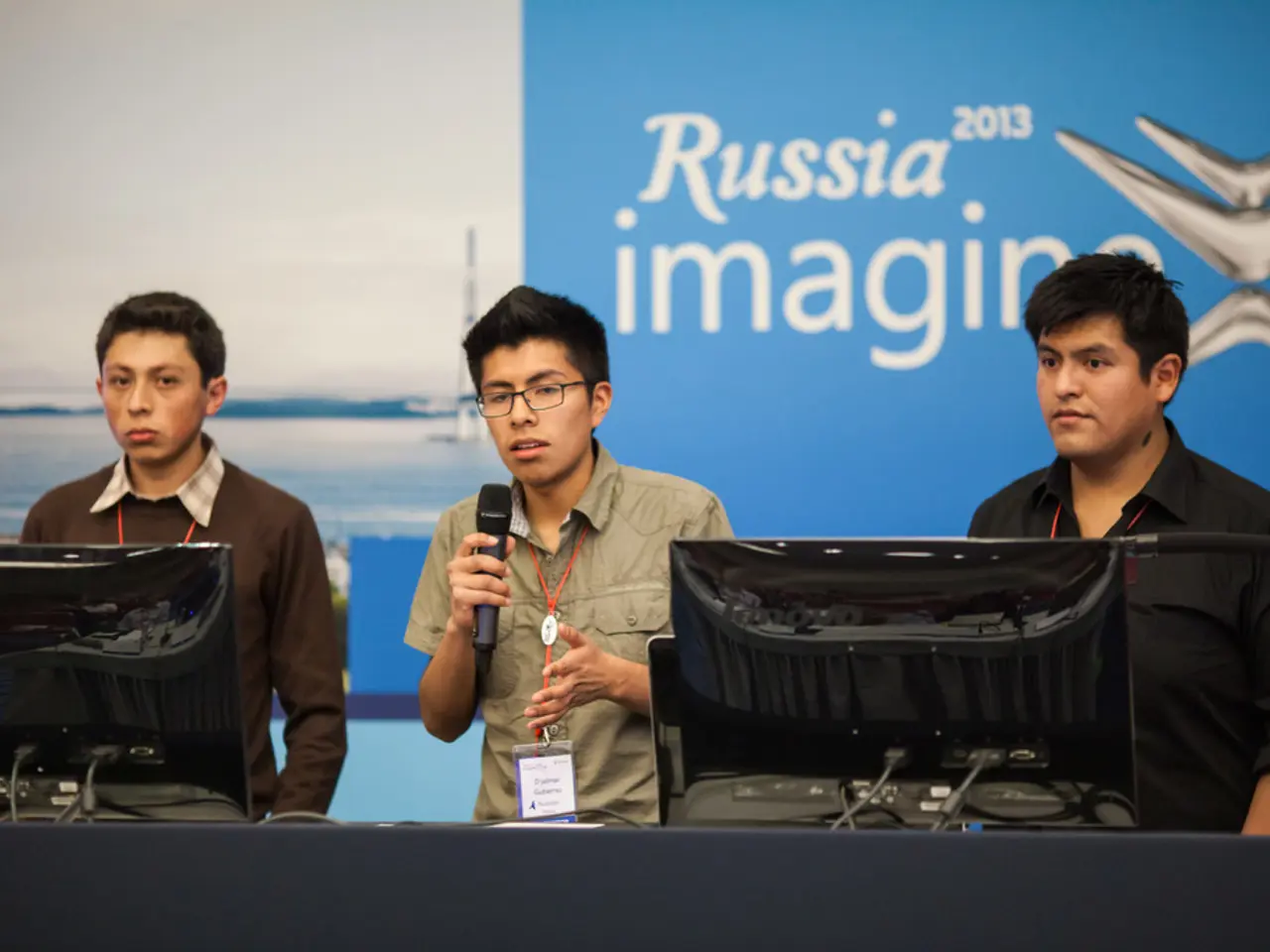Decrease in Preferred Online Lending by 58% in Russia
In June 2021, the Point of Sale (POS) lending market in Russia experienced a contraction, marking a significant shift in consumer borrowing patterns. This decline, which has continued to some extent, can be attributed to a combination of economic uncertainties, consumer caution, and regulatory shifts.
Following the COVID-19 pandemic, consumers and businesses reassessed their borrowing needs, leading to a decrease in consumer spending and an increase in precautionary savings. Government assistance during the pandemic also helped reduce non-performing loans, indirectly impacting POS lending as consumers gained access to relief measures or avoided new debts.
The overall lending environment showed increased corporate lending but cautious credit management. Banks may have tightened POS lending, or consumers may have reduced usage due to higher rates or financial uncertainty. Additionally, digital payment trends, while showing strong growth in POS transaction values, may have lagged behind in POS lending due to risk aversion or regulatory changes limiting such credit.
The contraction of the POS lending market is likely to have a broader impact on consumer spending and the economy as a whole. Declining real incomes in Russia are contributing to a decrease in the population's willingness to take on debt, further reducing the availability of installment purchases, especially for durable goods. This, in turn, is curbing demand for consumer goods in Russia.
The high key rate (around 20%) in Russia is making all types of consumer loans significantly more expensive, decreasing their appeal. High inflation is also decreasing the population's inclination to take on debt obligations. As a result, the tight monetary policy of the Central Bank of Russia is contributing to a decrease in consumer spending on installment purchases in Russia.
In June 2023, the average check size for POS lending was 65 thousand rubles, and the number of issuances was 184.2 thousand. This represents a 58% decrease year-on-year, with the volume of POS lending in June 2023 being 11.93 billion rubles - a decrease from 436.7 thousand issuances a year ago.
These trends suggest that consumer confidence and economic activity in Russia are on the decline, with the contraction of the POS lending market serving as a barometer for this shift. While the exact reasons for the contraction may vary, the combined effects of economic uncertainty, consumer caution, and regulatory changes are likely playing a significant role.
In the context of economic uncertainties, consumer caution, and regulatory shifts, the business sector and finance industry might be reevaluating their lending strategies, given the contraction in the POS lending market. This decline in consumer borrowing could potentially affect industries that rely heavily on installment purchases, such as consumer goods, due to a decrease in demand.




